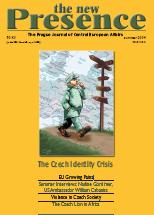
Keywords: Violence in Czech Society;
The first representative sociological survey of domestic violence in the Czech Republic, carried out by the STEM agency, is out. The results are not encouraging. One out of every six Czech citizens admits that there has been violence in their relationship with their partners.
More...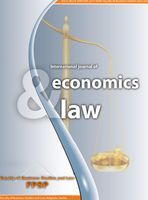
Keywords: Politics; national security; law; humen rights
This work sets out to analyze the most important legal concepts of the Classified Information Law, noting that this field is yet to be regulated in detail by a subsequent set of by-laws to clarify a number of issues related to its practical implementation. Considering the applicable legal solutions envisaged so far by the Serbian legal system for the field of the classified information protection, we can conclude that numerous regulations in this area have not been brought in line with contemporary and generally accepted international standards and comparative legal experience, which has resulted in an inadequate protection of national classified information, as well as in impeded cooperation in the process of sharing classified information with other countries and international organizations. Democratization of societies, which concerns countries in transition in the present-day situation, has to be based on the principles of rule of law and welfare state, transparency and open society, which imply the reaffirmation of the public sphere. It should be noted that one of the objectives underlying the passage of this law was to enable transparancy of work performed by all public authorities in various fields of their activities by considerably reducing the application of dicretionary rights and arbitrariness when processing any kind of information.
More...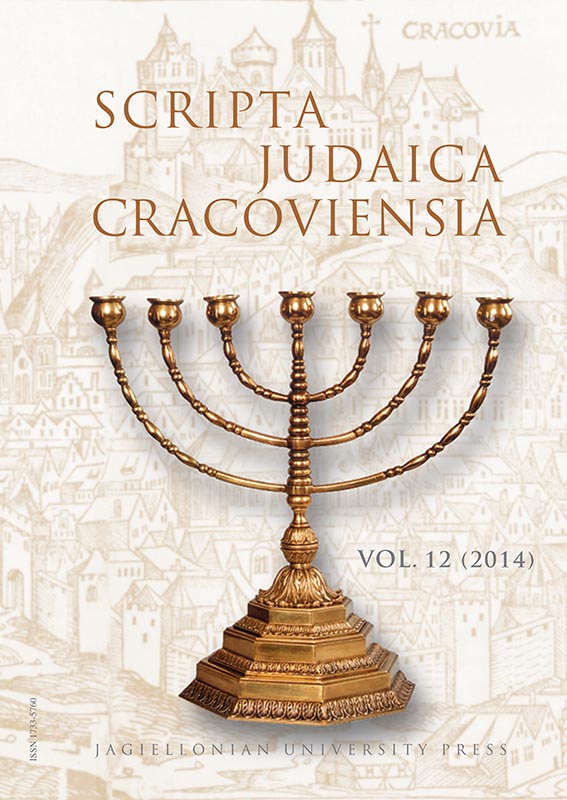
Keywords: B’nai B’rith; charity; elites; Galicia; humanitarianism; Jews; Lviv; lodges
The initiative of establishing B’nai B’rith in Lvov was put forward by Samuel Horowitz,a prominent member of the local Jewish community. On 5 October 1899, the statute of the “Leo-polis” Humanitarian Society was registered with a rescript issued by the Lvov Governorship. On 29 October of the same year, the establishing meeting took place. This way, the Order’s presence in what was at the time the capital of Galicia, and after 1918 a provincial city of the Second Republic of Poland, was officially approved.This analysis offers an image of an organization gathering people of high social trust, excellent educational background, and wealth. The majority of them were people who had built their professional position consistently and laboriously. The abovementioned data justifies the claim that the people gathered in Leopolis were not careerists seeking the chance to make a mark. Membership did not open their careers, but was rather a crowning achievement. The exclusive character of the Order sealed the high social and professional standards of its members. Crossing the threshold of the lodge was viewed as a distinction, and serving a function there was a true honor. In this matter, we can see a similarity between Leopolis and other Polish lodges. Another similarity is related to the range of basic activities undertaken by the Lvov brethren, among which was giving scientific and popular lectures, propagating reading, and caring for the poor and the orphaned. The charity activity of the brethren was mainly aimed at Jews, but Christians became its beneficiaries as well.
More...Keywords: Translation quality assessment; summative evaluation; equivalence; student translation;
Various scholars from different schools of thought have proposed criteria and/ or models or translation assessment. Surprisingly, almost none of them are tailor-made for a manageable summative evaluation of student translation. That is why most translation teachers still draw on holistic and traditional methods of translation evaluation in their exams. These methods are either too holistic or too detailed (and complex) for translation evaluation purposes in educational settings. The holistic approaches that verge on subjectivity are quite manageable for a teacher who is to evaluate of a score of students, whereas the detailed and quantitative models, which are highly demanding on the limited resources of a classroom teacher, are considered highly objective. Feeling the need for a model, which is both manageable and objective, this study aims at reaching a compromise between the subjectivity and the complexity of these approaches to translation evaluation. Our proposed model draws on and combines the five linguistic equivalences introduced by Koller (1979) and the five-leveled holistic scheme for translation evaluation proposed by Waddington (2001).
More...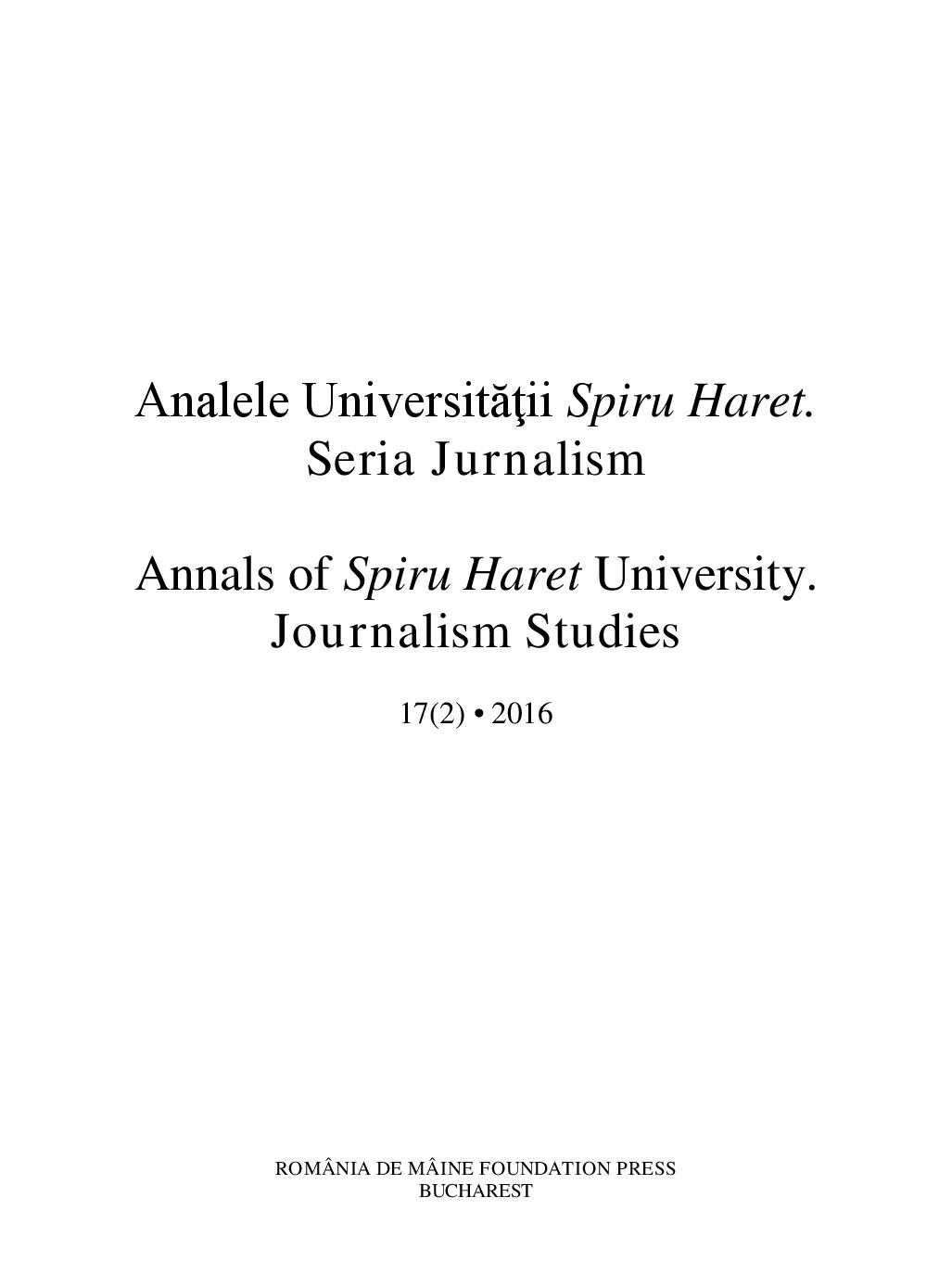
Keywords: cosmopolitan right; Kant; democratic institution; state
The paper argues that within a Kantian framework national law requires a foundation in cosmopolitan right. The foundational character of cosmopolitan right is most explicitly expressed in The Metaphysical Elements of Justice where Kant argues that public right necessarily includes three forms: political right, international right and cosmopolitan right which form a system of interdependent parts. Cosmopolitan right also appears in Perpetual Peace as one of the three definitive articles of a constitutional pacific league of states. In this context cosmopolitan right is enshrined in each domestic constitution requiring every state to treat every individual (including non nationals) as if they were citizens of the world. In this manner it becomes possible for all persons to have basic rights without the tangible existence of a world state. Furthermore, I argue that cosmopolitan right requires democratic institutions at the global level in order to universally secure republican values within each state. Thus, I conclude that a Kantian or rightful state is secured only within a cosmopolitan juridical order.
More...
When one thinks of the words Nazism and Turkey, the following images might be conjured up: Gastarbeiter houses firebombed by skinheads, anti-Muslim graffiti in Turkish immigrant neighborhoods, or the trial of Beate Zschäpe. But as Stefan Ihrig exquisitely shows in his Atatürk in the Nazi Imagination, “neo-Nazi actions today provide poor guidance to the Third Reich policies” (p. 128).
More...Keywords: Older Employee; Retired; Work Life; Graduate; Workplace Problems;
This study was performed on the older employees who work in small and medium sized enterprises in Ankara in Turkey. This study involved a survey consisting of 16 questions that applied to the employees. 61 females and 103 males within a total 164 employees who were aged over 55 participated in the survey. Current situations which were about the demographic structures, working conditions, problems of workplace and health problems of the employees, were determined by the survey. 63% of the employees consist of workers who were previously entitled to pension. Moreover 64% of the employees were aged 55-59, 27% were 60-64 and 9% were over aged 65. There are no female employees aged over 65. All of the retired employees stated that their salaries were insufficient to meet the needs. 13% of the participants were white-collar worker, 50% of them have worked in the jobs needing physical power. 20% of the participants said that they benefited from their previous experiences. 69% of the employees complained about a chronic disease. There were no employees who work although it is prohibited due to the health problems. 14% of the employees stated that they will continue to work even if they have adequate financial means and none of them were female. It is observed that generally older employees encounter many problems. It is observed that it would be wrong that older employees were isolated from their work environments by improving their opportunities. Absolutely it should be exploited from the personal experiences of these employees.
More...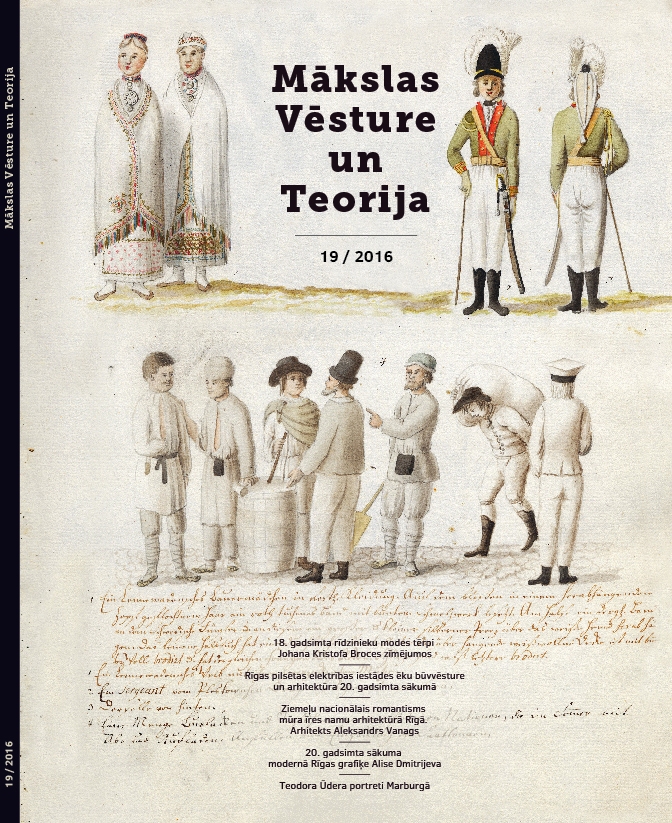
Keywords: Liepāja; Art Nouveau; architecture; Jānis Krastiņš
The article reviews the book "Liepāja. Jūgendstila arhitektūra = Art Nouveau Architecture" (Liepāja: Liepāja City Council, 2015) by architecture historian Jānis Krastiņš.
More...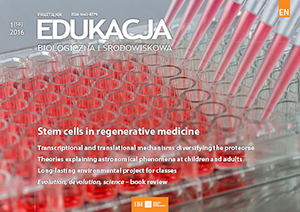
Keywords: knowledge; personal knowledge; living environment; pets; farm animals;
The aim of this investigation was to show the connection between the living environment of children and the development of their personal knowledge of the farm animals and pets. The group of 93 students, 1-3 grade, was asked to draw one of two pictures: pets or farm animals. Another group of 69 students, 4-6 grade, filled in the questionnaire that was set to examine students’ knowledge of these animals. Examined students were brought up in urban areas (the city of Poznań) or rural areas (municipality of Gołańcz, Greater Poland Voivodeship). Questionnaires and drawings were put under the qualitative and quantitative analysis. The results show the differences in personal knowledge of the children from urban and rural areas: the answers of the rural area students were more concrete, with more practical attitude towards the farm animals and pets. The urban area children paid more attention to aesthetic and emotional aspects. The survey shows also that there is possibly connection between how often students meet some specific animals in real life and the number of correct information they can give about these animals. The additional aspect of this study is to show the possibility of using the drawing analysis as a diagnostic tool of students’ environment knowledge.
More...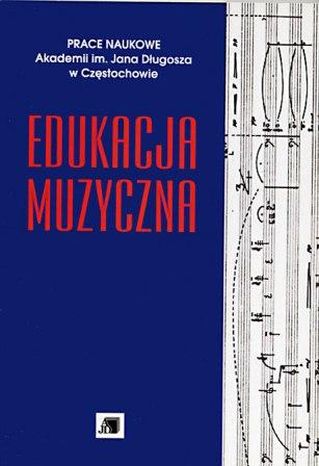
Keywords: muzyka polska przełomu XIX i XX wieku ; muzyka organowa ; patriotyzm ; religijność
Myślą przewodnią artykułu jest próba przybliżenia dzieła łączącego w sobie wątki religijne z patriotycznymi, ukierunkowująca odbiorcę na ogólny klimat społeczno-polityczny Polski, w którym żył i egzystował twórca dzieła Władysław Żeleński (1837–1921).
More...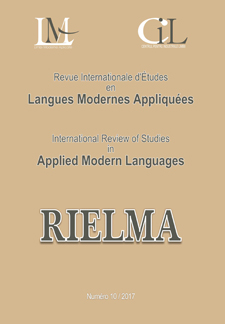
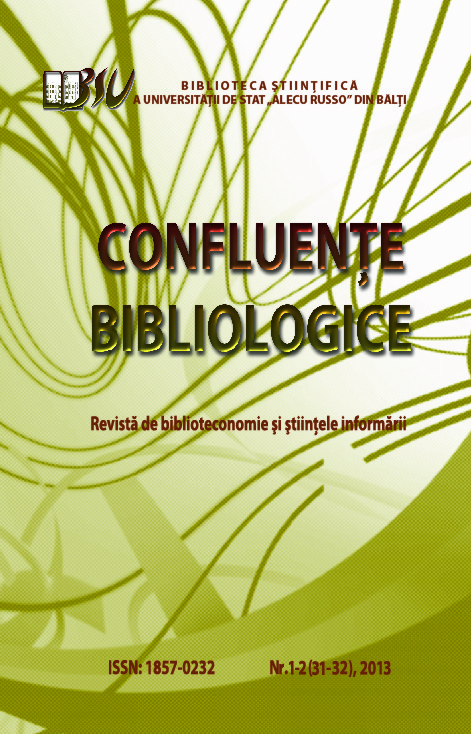
Keywords: Wilhelmi; limba germană;bibliometric analyses
This article reflects the bibliometric research book on Wilhelmi collection, founded in 2004. The collection consists of approximately 979 titles in 1726 copies of documents covering all fields of science
More...
Keywords: Poverty; Self-esteem; Aggression;Adults;
Background: The current research literature confirms the link between poverty and psychological characteristics of an individual (Miech, Caspi, Moffitt, Wright, & Silva, 1999). Loix and Pepermans (2009) report criminal behaviour, addiction, low self-esteem, aggression, depression, and suicidal tendencies as subjectively perceived consequences of poverty. Research by Tremblay (2000) and Ezeokana, Obi-Nwos, and Okoye (2014) focused on low-income families has confirmed that long-term poverty is a predictor of physical violence and aggression in children. The relationship between poverty and selected characteristics has been investigated, however, research regarding the moderating effect of poverty on aggression and self-esteem is absent. Research goal: The presented study had two objectives - to verify whether there is a difference between the poor and non-poor people in self-esteem and aggression; and to verify if poverty moderates the relationship between self-esteem and aggression. The study hypothesize that people included in the group of poor will experience lower self-esteem and higher aggression compared to the group of non-poor, and additionally that poverty will moderate the link between self-esteem and aggression. Method: The research sample consisted of 86 employed persons (48 women). The inclusion criteria were as follows: (1) aged between 25 and 59 (M = 33.58 SD = 8.10); and (2) a permanent monthly income. The income was dichotomised, and people with up to 400€ per month were assigned to the group of poor (N = 24). The data was obtained using convenience sampling and the actual collection was conducted in person. Two research tools were used - self-esteem was investigated through the Rosenberg Self-Esteem Scale (RSES; Rosenberg, 1965) and aggression was assessed using the Buss-Perry Aggression Questionnaire (BPAQ; Buss & Perry, 1992). The reliability of the research tools was verified using McDonald's total omega coefficient – RSES: ωTotal = .82; BPAQ: ωTotal = .91. Poverty was examined using 4 response categories: 0 - 198.09€ (sum of the minimum living wage in Slovakia from 2016); 198.09€ - 400€; 400€ - 900€; more than 900€. The test battery also collected basic socio-demographic data. The Independent Samples t-test was employed to examine the differences between the groups of poor and non-poor in regard to self-esteem and aggression, supported by the Bayesian Factor with non-informative prior values (0.707) and sequential analysis. A moderated regression analysis was used to verify the effect of poverty on the relationship of self-esteem and aggression. Results: The Independent Sample t-test found that the poor and non-poor groups did significantly differ in the degree of self-esteem (t(84) = - 3.24, p = .002, Cohen's d = - 0.78, . post-hoc statistic power with α = .05 was 89%), with higher self-esteem achieved by non-poor. No significant differences were found between the groups in relation to aggression (t(84) = 1.20, p = .234, Cohen's d = 0.29, post-hoc statistical power with α = .05 was 22%). The application of moderated regression analysis in a model describing self-esteem as a criterion, aggression as an independent variable and poverty as a moderator was statistically significant (F(3, 28) = 10.43; p < .001; R 2 = .24). Despite a strong correlation between aggression and self-esteem (r = .35), aggression became a non-significant predictor of self-esteem when poverty was included as a moderator (t(82) = 0.42; b = 0.03; p = .672); the poverty itself was a significant predictor (t(82) = 3.28; b = 3.71; p = .002). The interaction between aggression and poverty was not a significant predictor, nevertheless the value was borderline (t(82) = -1.95; b = - 0.14; p = .055). If the person was not poor, self-esteem got lower with increasing aggressiveness (t(82) = - 4.27; b = - 0.11; p <.001). Conclusion: The study confirmed that poverty is a determinant of impaired self-esteem, but based on the available evidence, it is not possible to conclude whether or not poverty affects aggression. Moreover, the effect of poverty on moderating the relationship between self-esteem and aggression was confirmed. The link between aggression and self-esteem was found to be weak in the group of poor people, whereas aggression was shown to be a relatively strong predictor of self-esteem in the group of non-poor people. The limitations of this study are the inclusion criteria for the poor (up to 400€), the sample size and the sampling method.
More...Keywords: Referendum; marriage; consensual union; homoparentality; adoption
The culture in which the individual is born and socialized will always impress upon him. Analyzing the surface of social polemics about the "danger" of LGBT marriage, heterosexuality seems to be the main landmark of marital cohabitation, and minority alternatives seem to be a form of symbolic aggression that most feel sympathetic to accepting. Also, looking from the perspective of family protection actions through this ample national action, the referendum becomes more of an action to protect a simple concept of marriage than to protect the marital conjugal space, around which all fears about marriage are being developed (with all the "risks" of being "veiled" by same-sex couples claims). However, the legal modification of marriage only between man and woman does not protect conjugality from the "danger" of legalizing homosexual marital unions, nor from marriage-like rights such as adoption.The study aims to analyze comparatively international laws on consensual union and marriage, insisting on socio-legal resources that express rights similar to marriage in the European space.
More...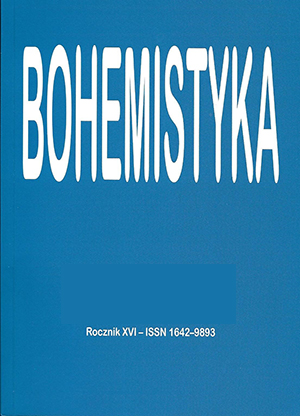
Keywords: Kundera; homo saltans; dance; dancer; circle; erotica; waltz; moral judo; interpretation
The author of this article analyses the way in which dance and the dancer function within the prose works of Milan Kundera. Preceded by an introduction which analyses the figure of homo saltans from a cultural perspective, this review of the topic of dance (understood phenomenologically) presents four literary aspects in which it reveals itself. These perspectives are not conflicting, but neither are they complementary. The first relates to ritual rites of dancing in a circle, and their (crooked) reflection can be seen in the socio-political experience of the 20th century. The second presents dance as a narrative element, which asks questions about its own nature, and therefore has an autotelic and universalising character. The third aspect presents a metaphorical understanding of dance movement, while the fourth relates to philosophies of the dance and the dancer, as proposed by one of the protagonists in Slowness, leading this persona away from aesthetics towards the experience of public life. According to the author of this article, dance is used by Kundera to discover more interesting layers of the human condition, but much here depends on the reader.
More...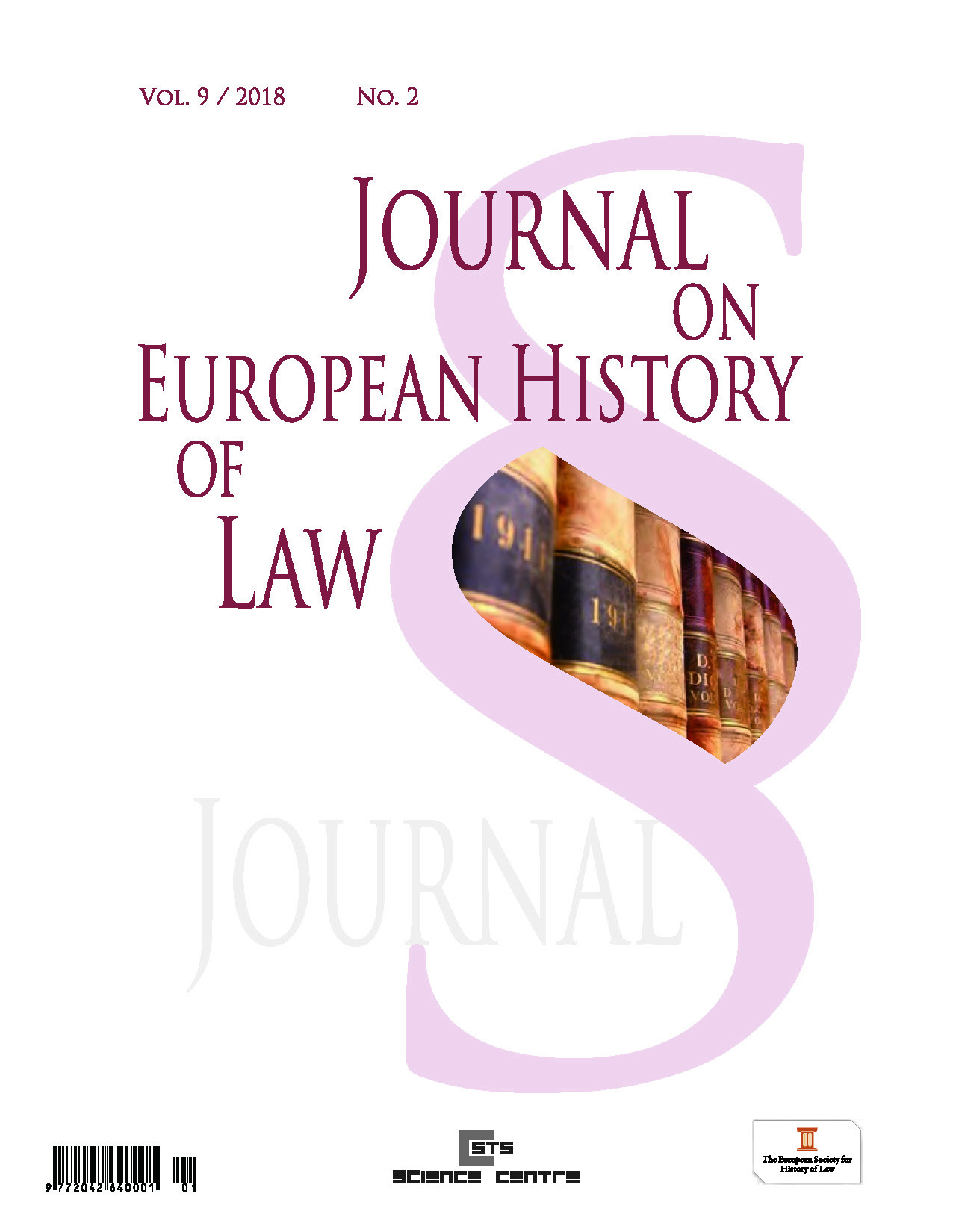
Keywords: Judicial decision-making; expert witnesses; lay witnesses; Imperial Court of Justice; history of forensic science; free evaluation of evidence; wrongful convictions;
The European judicial setting underwent profound changes with the shift from testimonial to material evidence at the end of the 19th century. Expert witnesses possessing specialist knowledge entered the courtroom, throwing shadow on lay witnesses who suddenly were considered unreliable. This evidential mutation arose from the emergence of specialist knowledge delivered by expert witnesses. New laws were required and judgments were passed in order to clarify the respective competency of experts and judges. Three guideline judgments of the Imperial Court of Justice involving experts are discussed and put in parallel with the principle of free evaluation of evidence as well as with wrongful convictions.
More...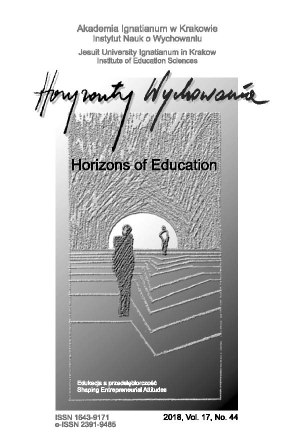
Keywords: entrepreneurial education; entrepreneurial intentions; start-up
RESEARCH OBJECTIVE: The purpose of the article is to analyze the impact of entrepreneurial education on creating start-up. THE RESEARCH PROBLEM AND METHODS: The basic hypothesis is: using interactive methods and forms of education in entrepreneurial education has a positive impact on the process of creating start-ups. The research method was based on a literature study and research among the owners of start-ups. THE PROCESS OF ARGUMENTATION: The article is a theoretical and empirical. The first part presents base d on literature the impact of entrepreneurial education on the process of creating and managing start-ups. In the second part are presented an empirical analysis. RESEARCH RESULTS: Based on an empirical analysis, it was established that there is a positive correlation between using of interactive methods and the process of creating start-ups. In particular, two methods are very useful, i.e. a cognitive-practical project and a simulation game. CONCLUSIONS, INNOVATIONS, AND RECOMMENDATIONS: Education programs aimed at entrepreneurial education should include practical methods which created a culture of entrepreneurship and strengthen the entrepreneurial intentions among students.
More...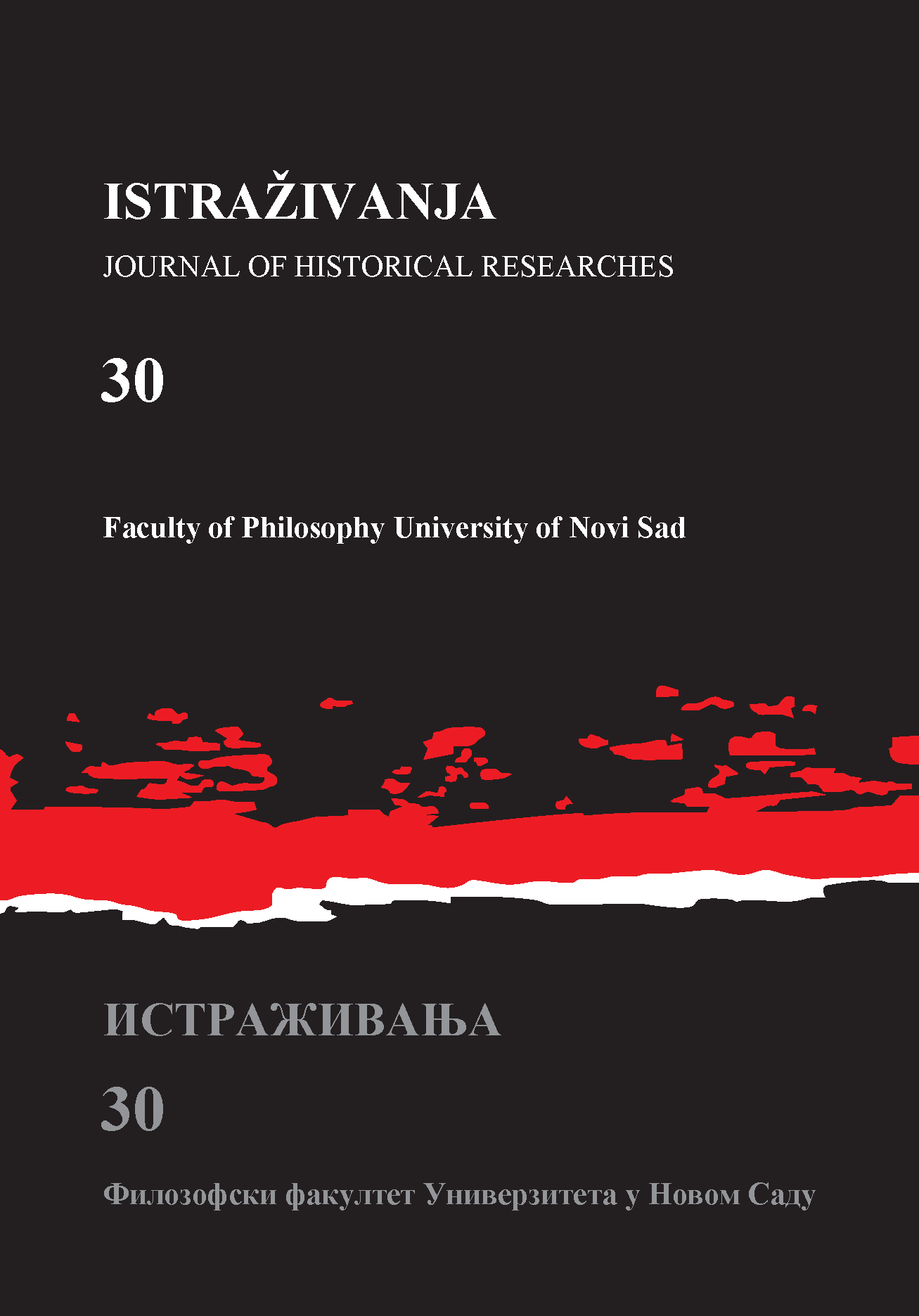
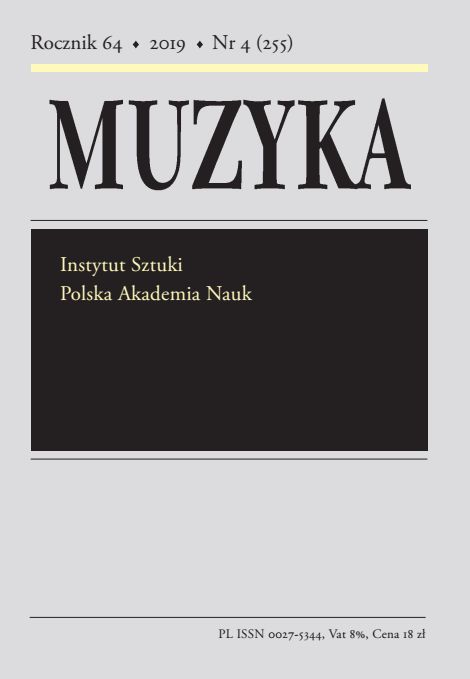
Keywords: musical life in Norway; Ole Bull; Edvard Grieg; Carl Warmuth
Numerous publications dedicated to Henryk Wieniawski’s life and concert activity note his frequent performances in Denmark and Sweden. We know some details of his journeys to these countries and of the concerts he gave there. The some studies also mention the Polish violinist’s concerts in Norway. Still, the information we have is of very general character, and the dates of the concerts are either misquoted or inconsistent. Tis paper reports the results of source studies on Henryk Wieniawski’s contacts with the audience in Norway. In the course of my research, I have established that the virtuoso visited Norway three times, and each of these tours was organised by Carl Warmuth’s concert agency operating in the country’s capital at that time. During each tour Wieniawski gave at least several concerts. The research has also demonstrated that the violinist performed not only in the Norwegian capital, but also in other cities situated in the south of the country. I have managed to reconstruct the contents of the artist’s performances on the basis of surviving concert programmes, while the press notes on Wieniawski’s tours reflect the atmosphere that accompanied his appearances. The reception was invariably enthusiastic, and the concert halls were filled to capacity. Following Wieniawski’s death, however, the press virtually forgot about him. Only his music lived on, performed there in the following decades by both Norwegian and foreign artists
More...